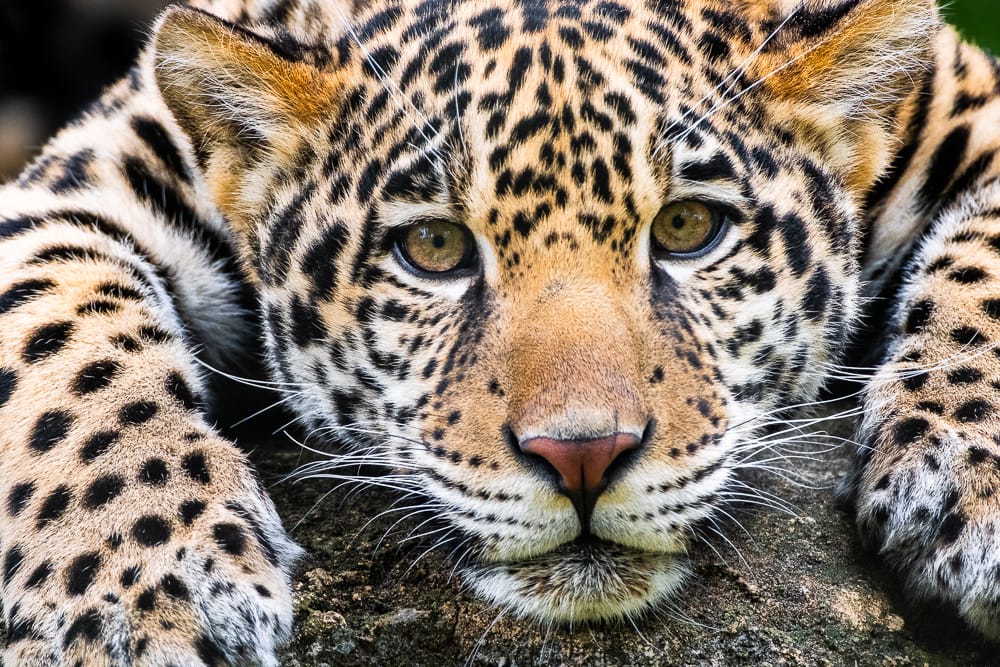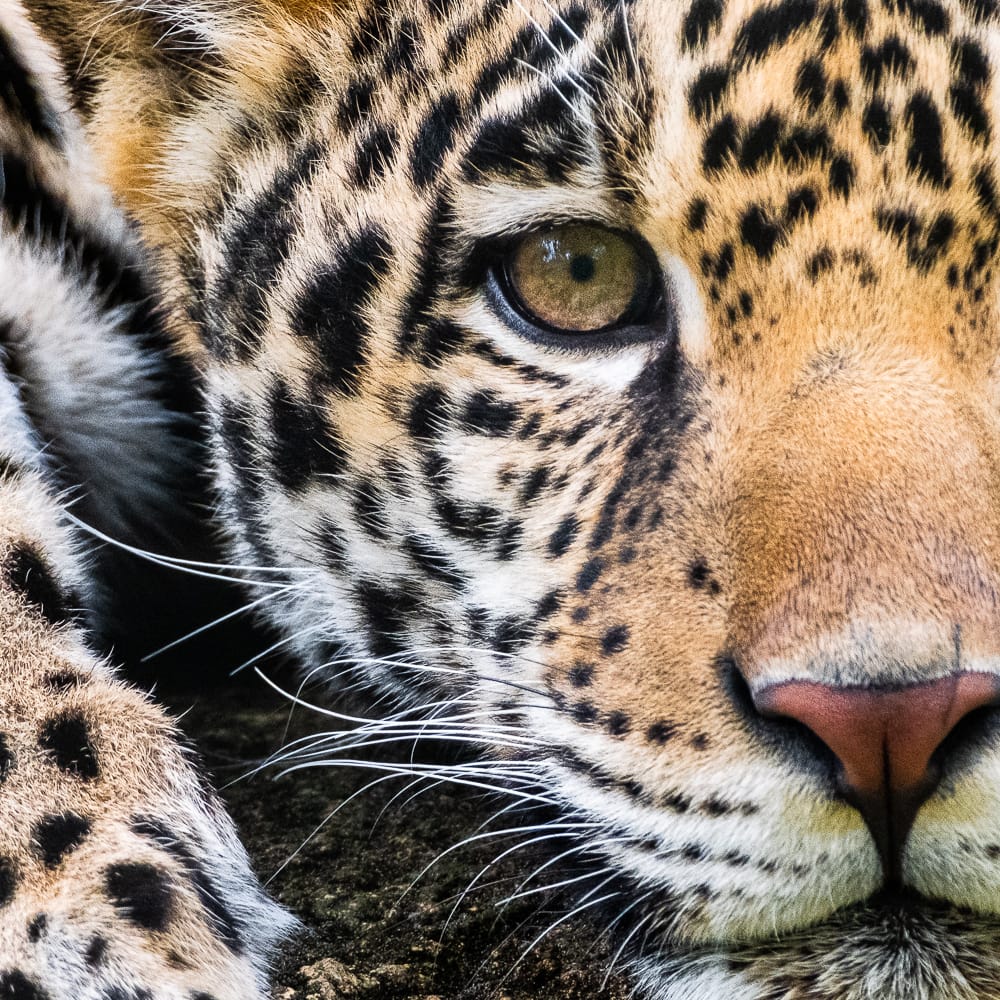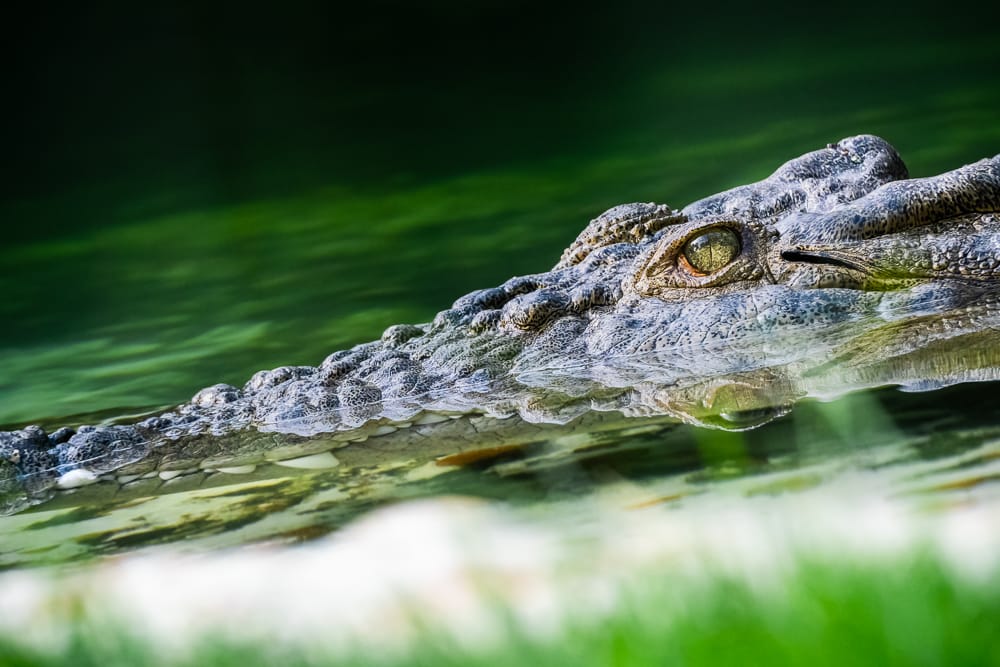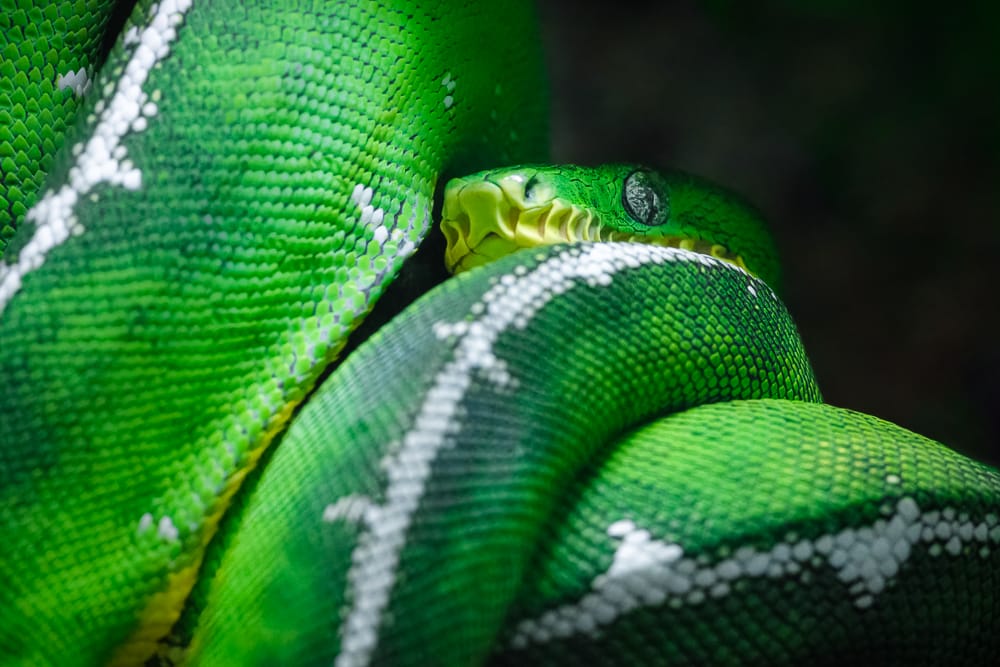
Nov 08 2024
Jaguar: Camo & Curiosity
Their survival depends on staying hidden. From their first days, camouflage plays an essential role. The unique spotted pattern of their fur is an adaptation designed for blending into their dense, leafy habitat.
These spots, known as rosettes, mimic the dappled light filtering through the forest canopy, making cubs almost invisible to both prey and potential predators. Jaguar cubs are vulnerable when they are young. They rely on their mother for protection and sustenance, but she must leave them hidden while she hunts for food. During these times, the cubs’ safety depends heavily on their ability to remain unseen. Their rosetted coats allow them to merge seamlessly with their surroundings, reducing the risk of being detected by larger predators or rival jaguars

As the cubs grow, their natural curiosity compels them to explore their environment. This exploration is essential for learning the skills they’ll need to survive as adults, but it also exposes them to potential dangers. The combination of camouflage and stealth is key to helping them navigate this critical stage of life safely. They learn to move silently, practice stalking prey through play, and stay close to cover where their coats can work their magic.
The importance of their camouflage doesn’t fade as they mature. Adult jaguars rely on this trait for hunting success, using it to ambush prey with near-perfect surprise. For the cubs, mastering the art of staying hidden is one of the first lessons nature teaches them.
Checkout the World Wildlife Fund (WWF) or Panthera to help protect these amazing cats.





